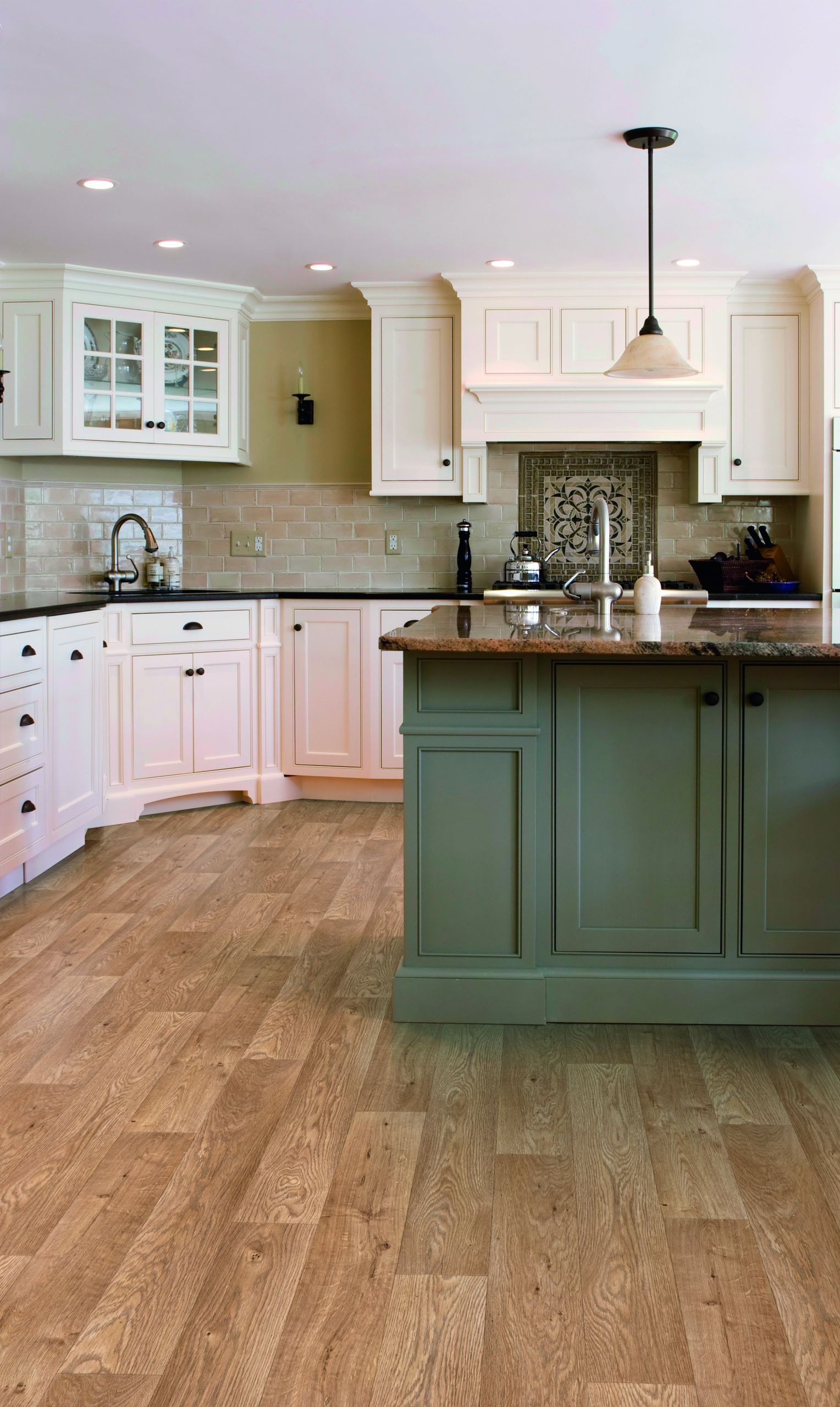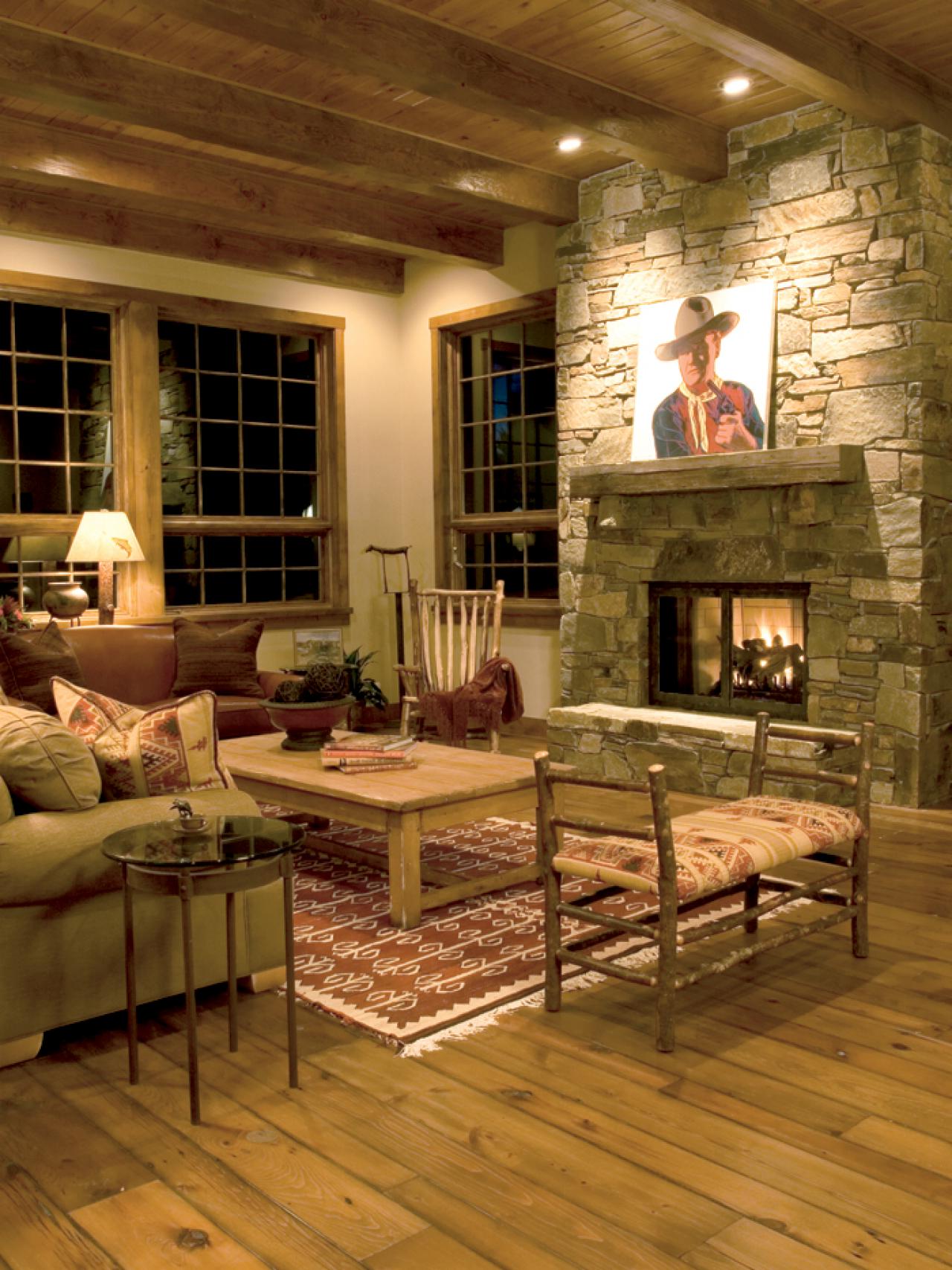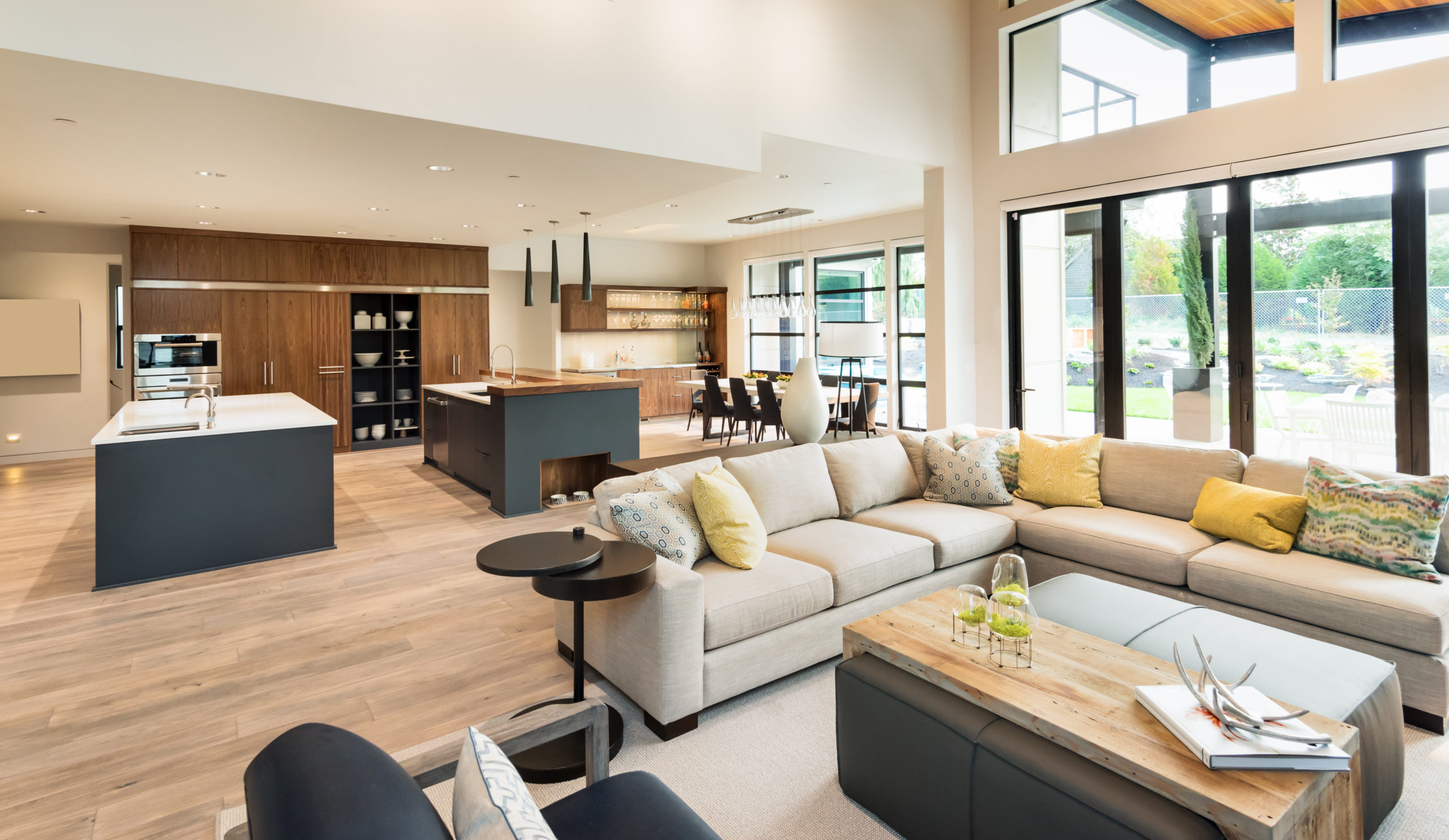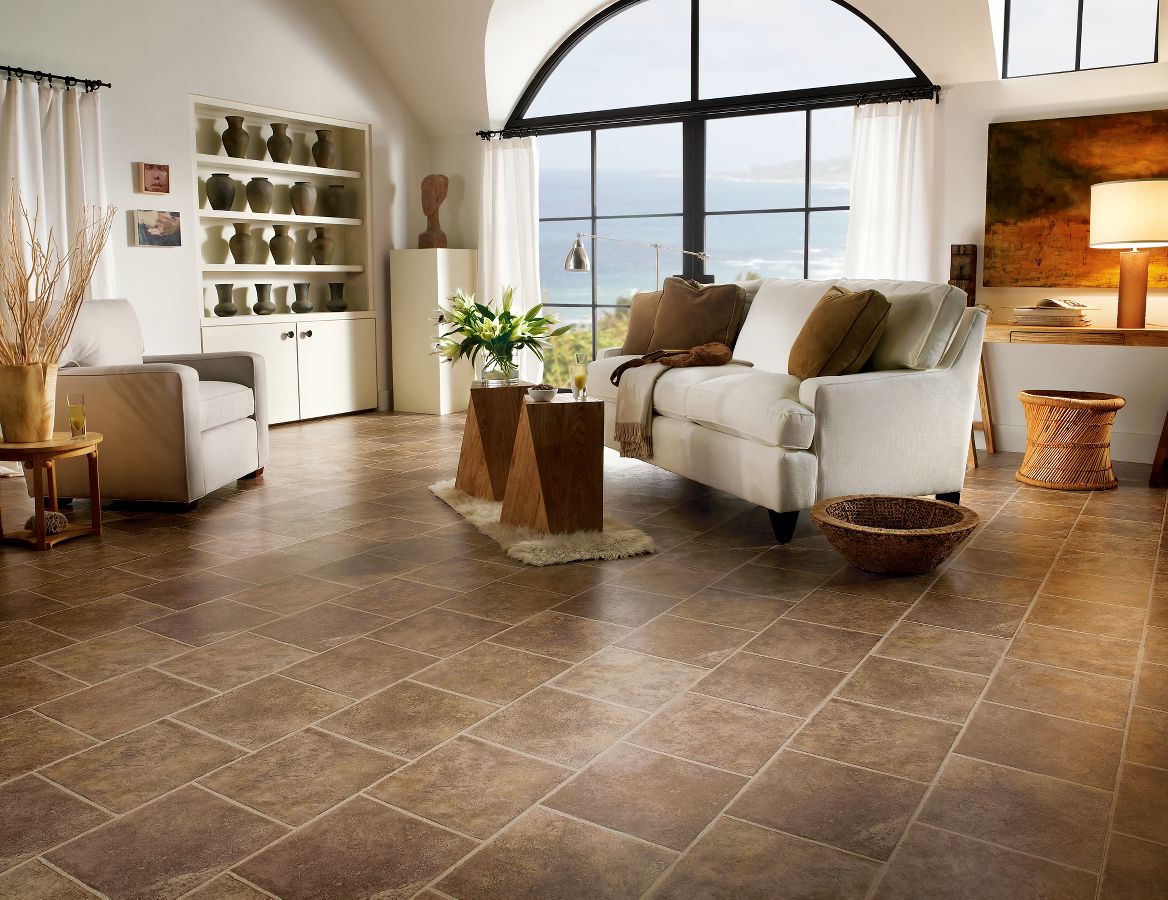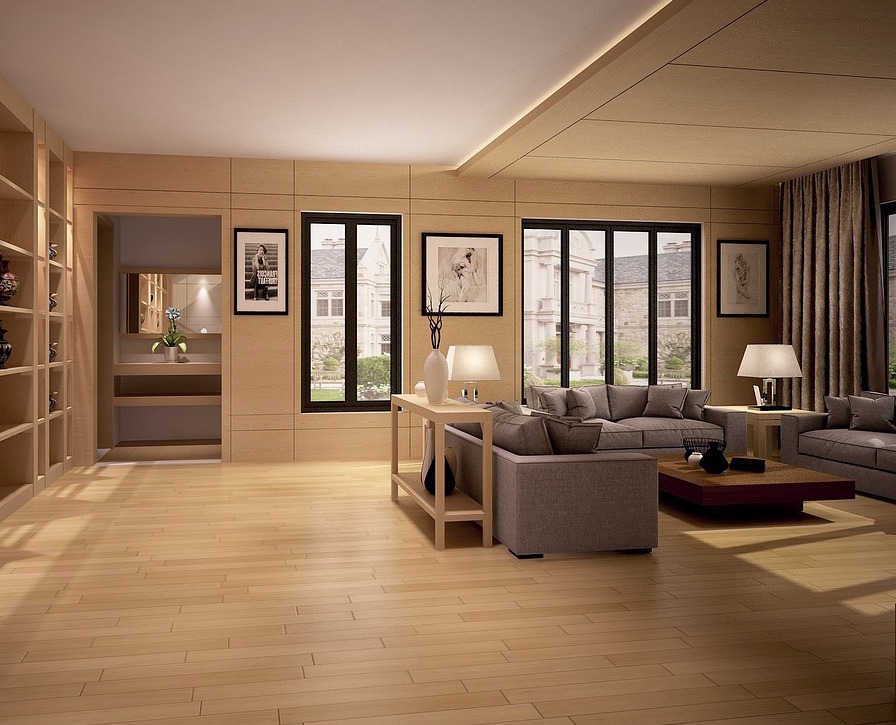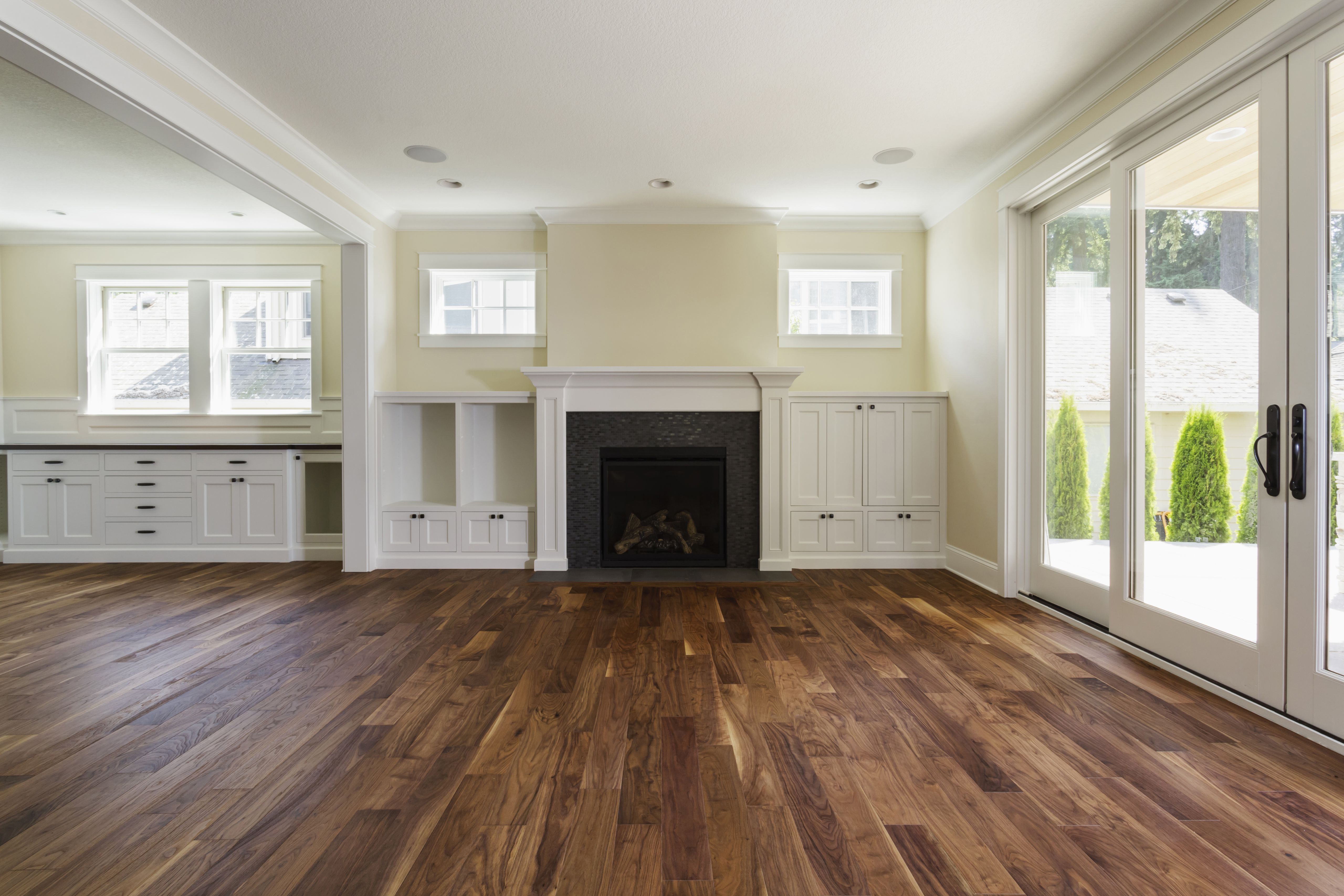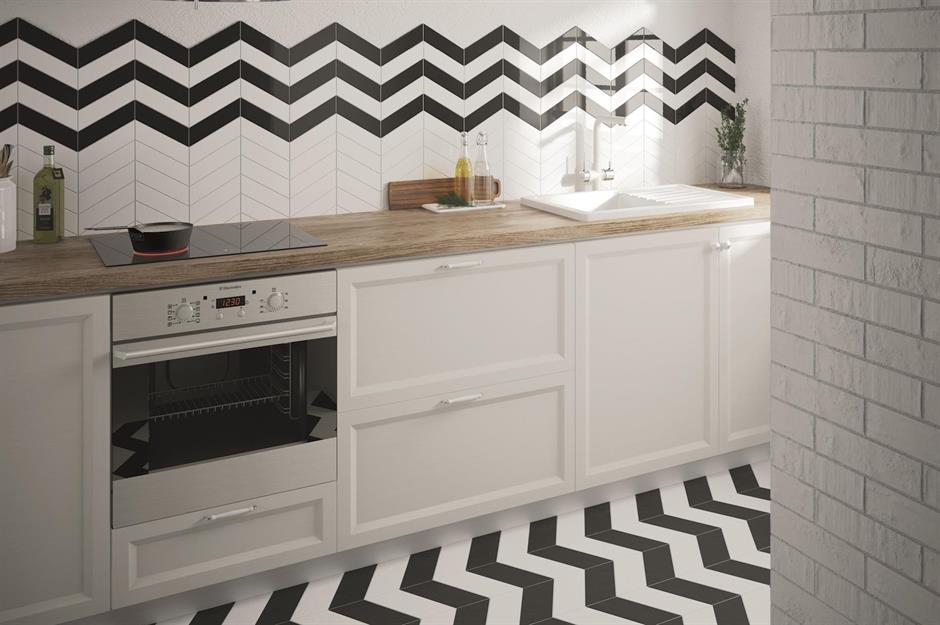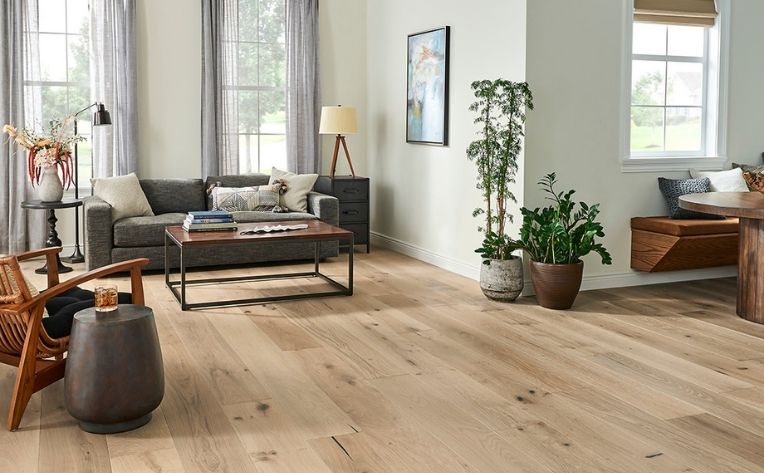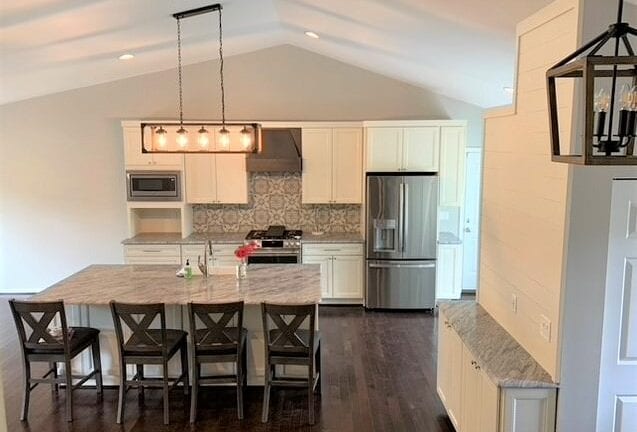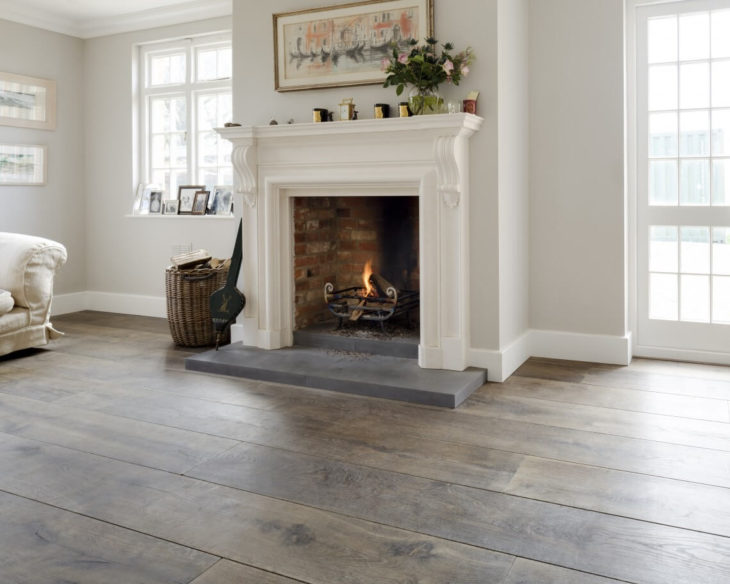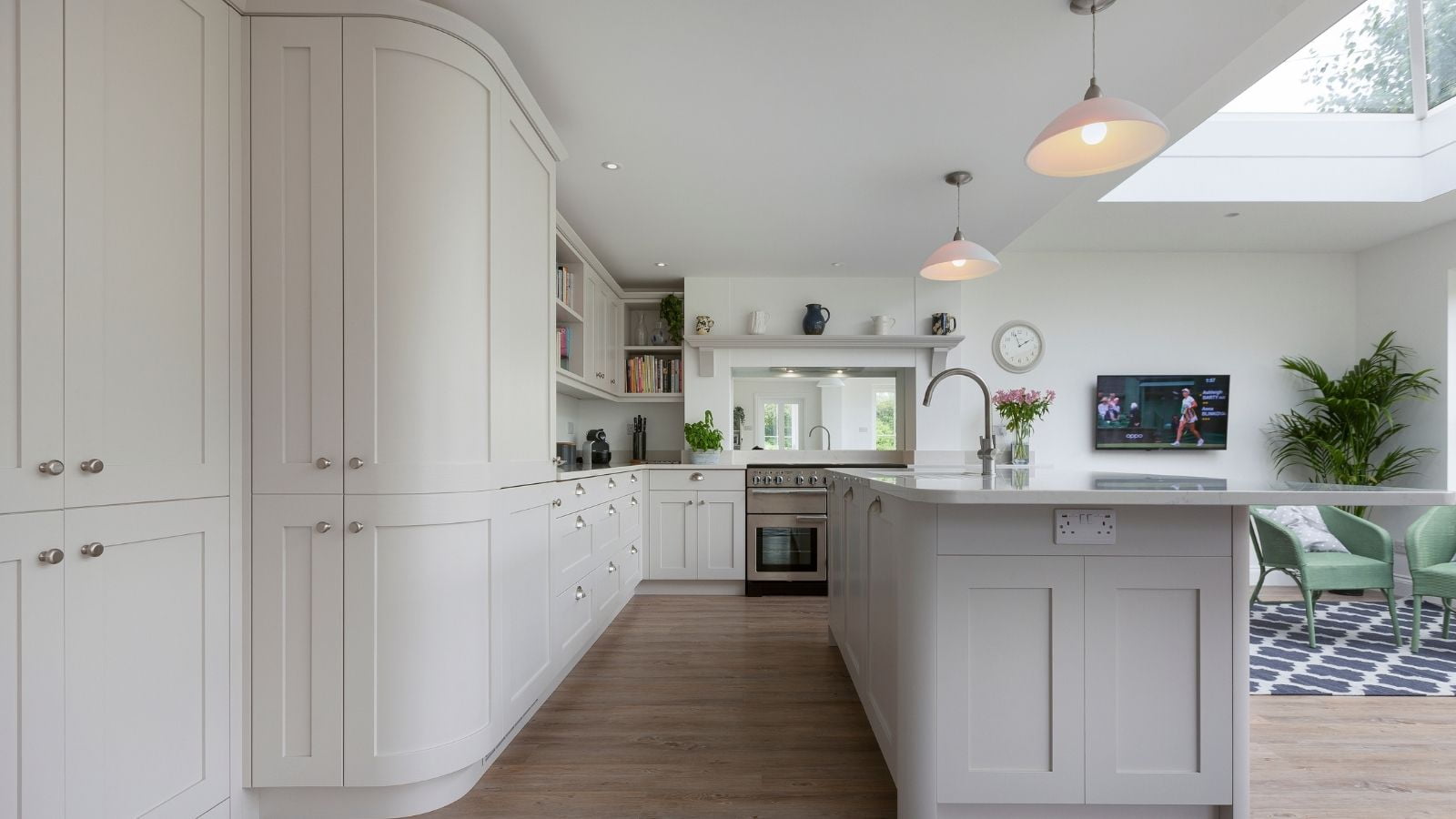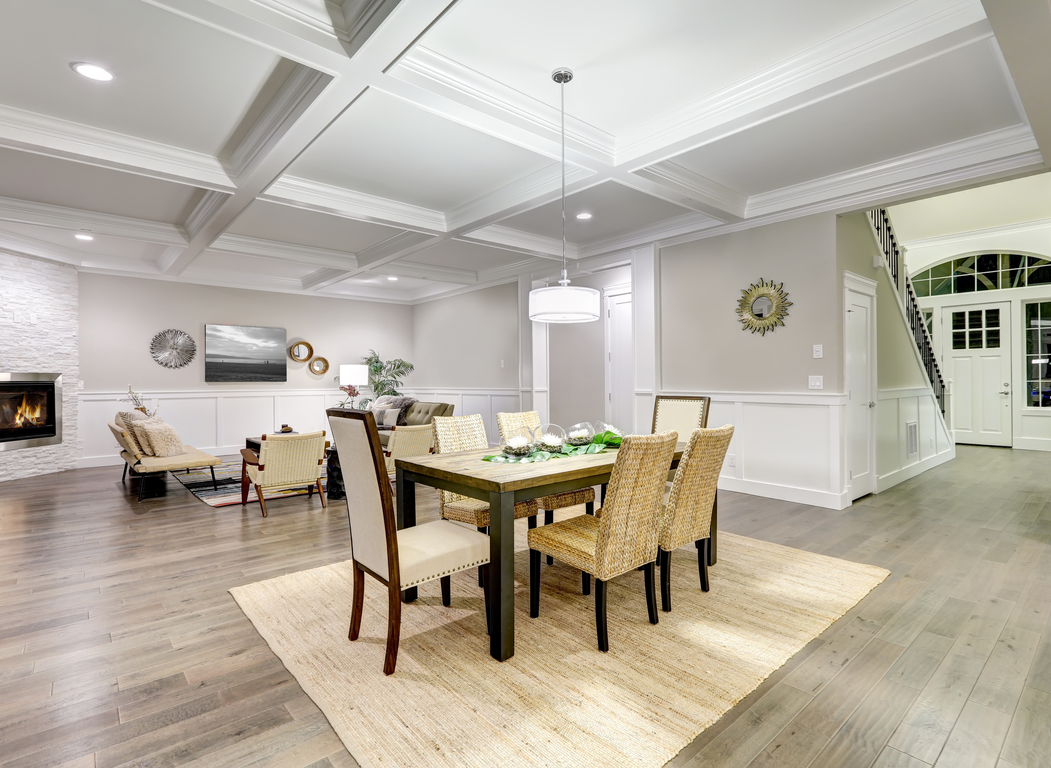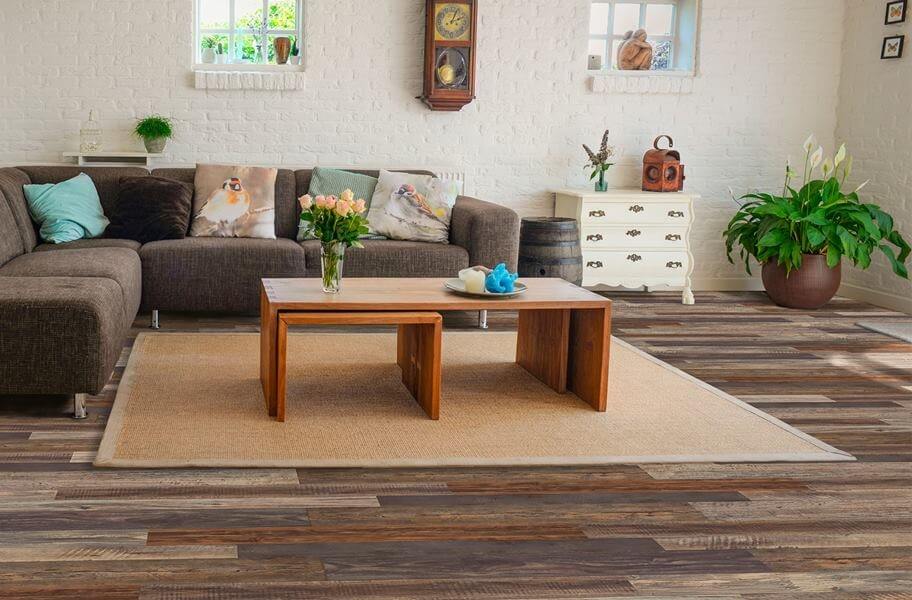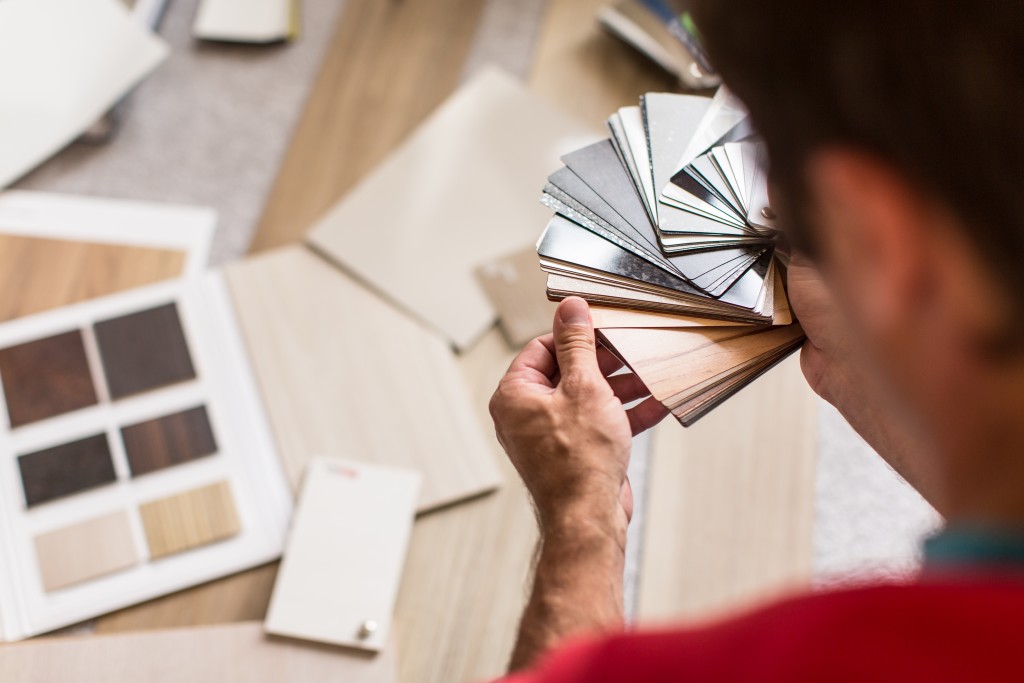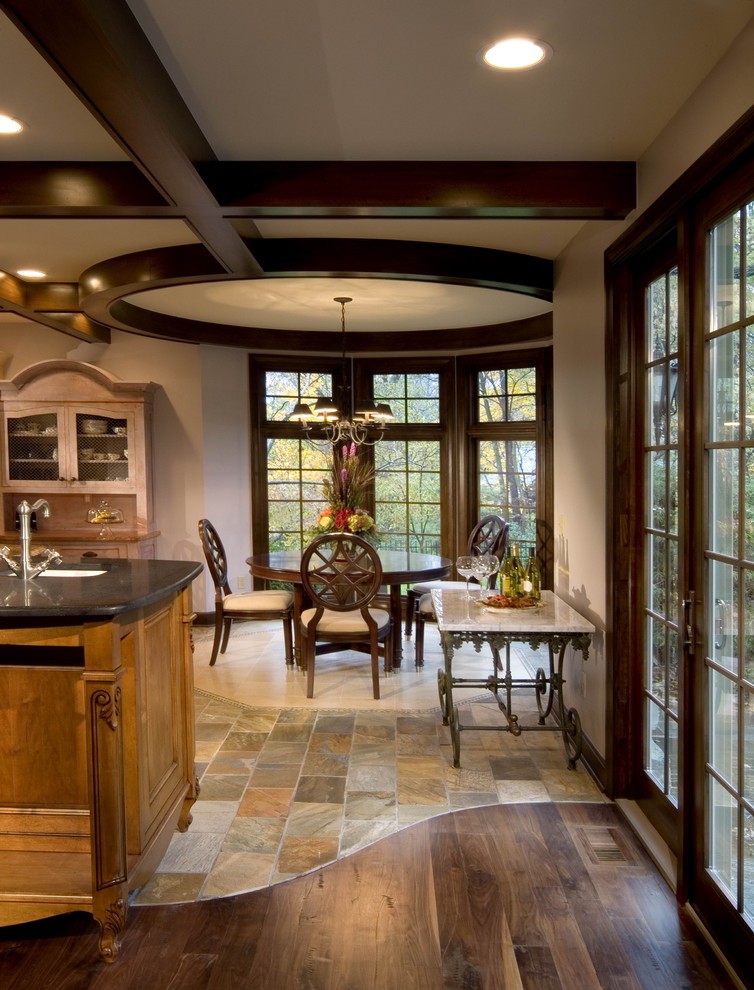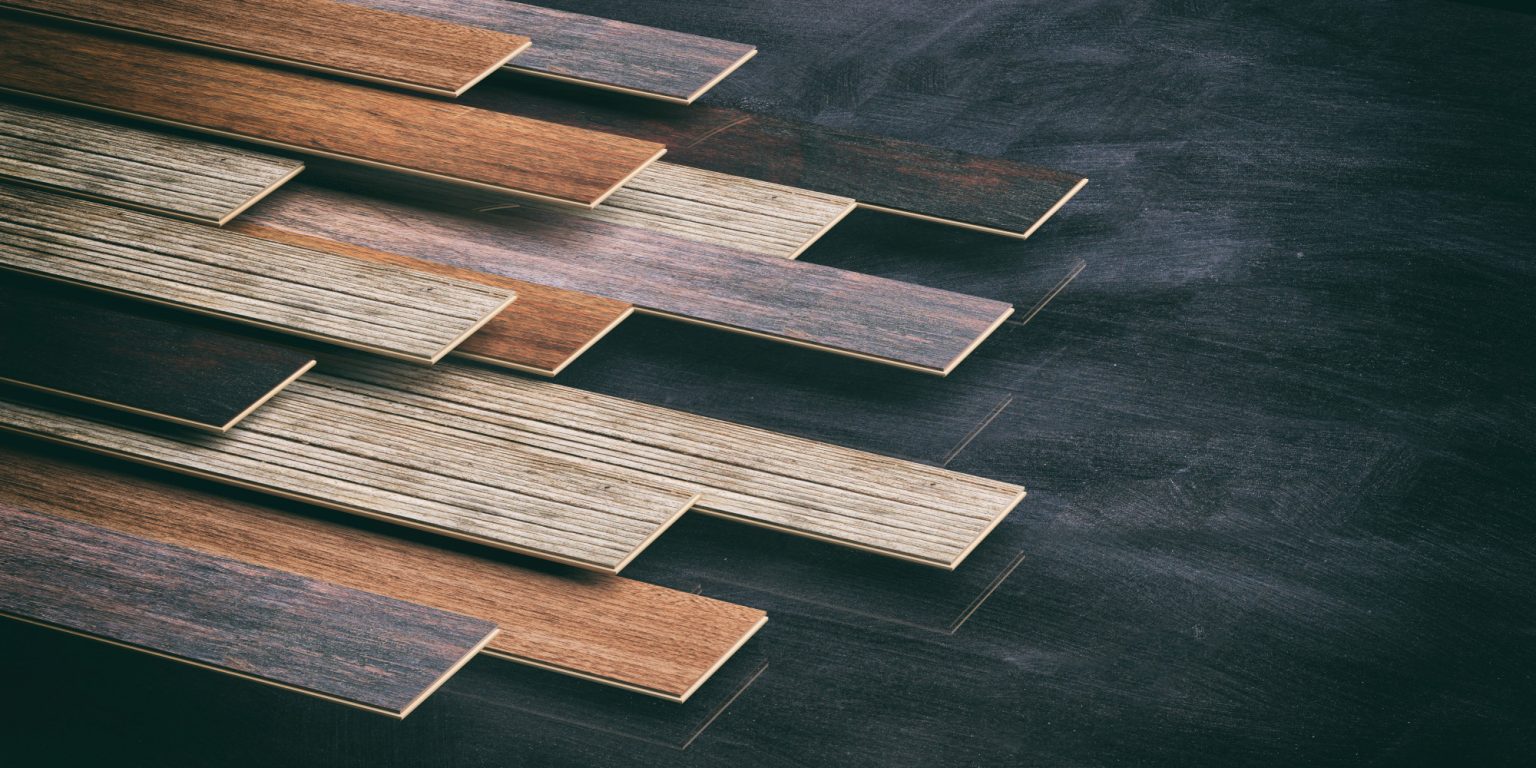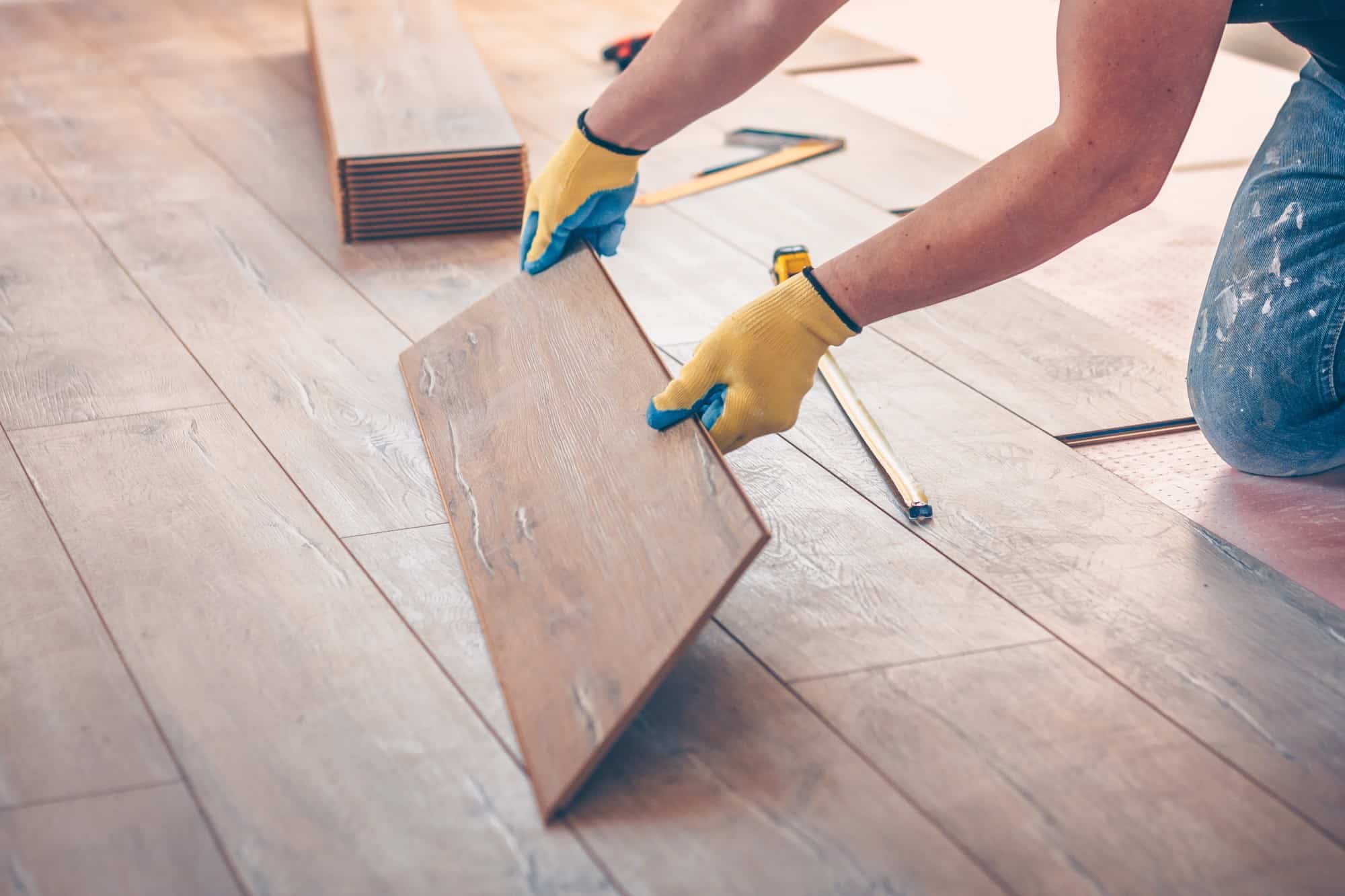Designing a home that reflects your personal style and taste is important, and the kitchen and living room are two areas that often receive the most attention. These rooms are not only functional, but they also serve as gathering spaces for family and friends. As such, it's important to create a cohesive and inviting design. One way to achieve this is by using different flooring options for your kitchen and living room. Here are some creative ideas for differentiating your kitchen floor from your living room floor. Kitchen Floor Options for a Unique Living Room Design
When it comes to choosing flooring for your kitchen and living room, there are endless options available. It can be overwhelming to decide on the perfect flooring that will make your kitchen and living room stand out. However, there are a few key factors to consider when making this decision. Material: The material of your flooring is crucial in creating a unique and distinct look for your kitchen and living room. Hardwood, tile, laminate, and vinyl are all popular choices for these spaces. Each material has its own unique qualities and can add a different aesthetic to your home. Color and Pattern: The color and pattern of your flooring can also make a big impact in creating a separate look for your kitchen and living room. Neutral colors like grey or beige are versatile and can be used in both spaces, while bolder colors and patterns can add a unique touch to your kitchen or living room. How to Make Your Kitchen Floor Stand Out from Your Living Room Floor
Now that you have some key factors to keep in mind, here are some creative ideas for differentiating your kitchen floor from your living room floor: 1. Use different flooring materials: One of the most obvious ways to differentiate your kitchen and living room floors is by using different materials. For example, you can use hardwood in your living room and tile in your kitchen for a clear distinction between the two spaces. 2. Create a pattern: If you want to use the same flooring material in both spaces, consider creating a pattern or design with the tiles or planks. This will add visual interest and make each space feel distinct. 3. Add a border: Another way to differentiate your floors is by adding a border between the two rooms. This can be done with a different material or by using the same material in a different pattern or direction. 4. Use a transition strip: A transition strip is a great way to create a clear separation between your kitchen and living room floors. These strips are available in a variety of materials and can add a stylish touch to your design. 5. Incorporate different colors: As mentioned before, color can make a big impact in differentiating your kitchen and living room floors. Consider using a darker or lighter shade of the same flooring material to create a contrast between the two spaces. Creative Ideas for Differentiating Your Kitchen Floor from Your Living Room Floor
When it comes to choosing the right flooring for your kitchen and living room, there are a few factors to keep in mind: 1. Durability: Both the kitchen and living room are high-traffic areas, so it's important to choose a flooring material that can withstand wear and tear. For example, hardwood is a durable option for both spaces, while tile may be more prone to cracking or chipping in a busy kitchen. 2. Maintenance: Another factor to consider is the maintenance of your flooring. Some materials may require more upkeep than others, so it's important to choose a flooring option that fits your lifestyle. 3. Budget: Flooring can be a significant investment, so it's important to consider your budget when making a decision. Keep in mind that certain materials may be more expensive but can also add value to your home in the long run. 4. Design: Ultimately, the design and aesthetic you want to achieve in your kitchen and living room should guide your flooring choice. Consider the overall style and feel you want for each space and choose a flooring material that complements it. Choosing the Right Flooring to Create a Distinct Kitchen and Living Room Space
Here are some additional tips and tricks for creating a unique and distinct look for your kitchen and living room floors: 1. Use rugs: Rugs are a great way to add texture and break up the flooring in your kitchen and living room. You can use different rugs in each space to further differentiate them. 2. Create a visual divide: If you have an open concept kitchen and living room, you can use furniture and decor to create a visual divide between the two spaces. For example, a kitchen island or area rug can help define the kitchen area. 3. Consider the flow: When choosing flooring for your kitchen and living room, think about how it will flow with the rest of your home. You want the transition between rooms to feel seamless and cohesive. 4. Get creative: Don't be afraid to think outside the box and get creative with your flooring choices. You can mix and match materials, create unique patterns, or even use unconventional materials like concrete or cork to make a statement. MAIN_Kitchen Floor Different from Living Room: Tips and Tricks
If you're still struggling to decide on the perfect flooring for your kitchen and living room, here are some popular combinations to consider: 1. Hardwood and tile: This classic combination is timeless and works well in both traditional and modern homes. You can use hardwood in the living room and tile in the kitchen for a seamless transition. 2. Laminate and vinyl: These budget-friendly options are easy to maintain and come in a variety of styles and designs. Use laminate in the living room and vinyl in the kitchen for a cohesive look. 3. Patterned tile and hardwood: For a bold and unique look, consider using patterned tile in the kitchen and hardwood in the living room. This combination adds visual interest and creates a distinct separation between the two spaces. 4. Concrete and wood: This industrial-inspired combination can add a modern touch to your home. Use concrete in the kitchen and wood in the living room for a unique and stylish look. Incorporating Different Flooring Materials in Your Kitchen and Living Room
The key to successfully differentiating your kitchen floor from your living room floor is to create a seamless transition between the two. Here are some tips for achieving this: 1. Use the same base color: If you're using different flooring materials, try to choose options that have a similar base color. This will help create a cohesive look and make the transition less jarring. 2. Consider the width of the planks or tiles: If you're using hardwood or tile, consider using similar widths in both spaces. This will create a sense of continuity and make the transition smoother. 3. Use a similar finish: Whether you choose matte, glossy, or textured finishes, try to use the same finish in both spaces. This will tie the two rooms together and create a cohesive design. Creating a Seamless Transition Between Your Kitchen and Living Room Floors
If you're looking for something truly unique and eye-catching, consider these flooring options for your kitchen and living room: 1. Terrazzo: Terrazzo is a composite material made of marble, quartz, granite, or glass chips mixed with concrete. It can create a stunning and unique look for your floors. 2. Reclaimed wood: Using reclaimed wood for your flooring adds character and history to your home. It can also add warmth and texture to your kitchen and living room. 3. Cork: Cork flooring is eco-friendly, comfortable to walk on, and can add a unique touch to your home. It comes in a variety of colors and patterns, making it a versatile option for both the kitchen and living room. Unique Flooring Options to Make Your Kitchen and Living Room Stand Out
Color and pattern are powerful tools in creating a distinct look for your kitchen and living room floors. Here are some ideas to incorporate them into your design: 1. Use different shades of the same color: If you want to use the same flooring material in both spaces, consider using different shades of the same color. This will create a subtle differentiation between the two rooms. 2. Create a focal point: You can use a bold pattern or color in one area of your kitchen or living room to create a focal point and make that space stand out from the rest. 3. Mix and match patterns: Don't be afraid to mix and match patterns in your flooring. This can add visual interest and make each space feel unique. How to Use Color and Pattern to Differentiate Your Kitchen and Living Room Floors
Need some design inspiration for your kitchen and living room floors? Here are some ideas to spark your creativity: 1. Use a herringbone pattern: A herringbone pattern is a classic and elegant option for both hardwood and tile floors. It adds a touch of sophistication to any design. 2. Incorporate a rug in one space: Adding a rug to your kitchen or living room can create a distinct look and add a pop of color or pattern to the room. 3. Create a mosaic design: If you're using tile in both spaces, consider creating a mosaic design in one area for a unique and eye-catching look. In conclusion, there are many ways to make your kitchen floor stand out from your living room floor. By considering the materials, colors, patterns, and design elements, you can create a distinct and cohesive look for your home. Don't be afraid to get creative and think outside the box to make a statement with your flooring choices. With these tips and ideas, you can create a unique and inviting space that reflects your personal style and taste. MAIN_Kitchen Floor Different from Living Room: Design Inspiration
The Importance of Choosing the Right Flooring for Your Home
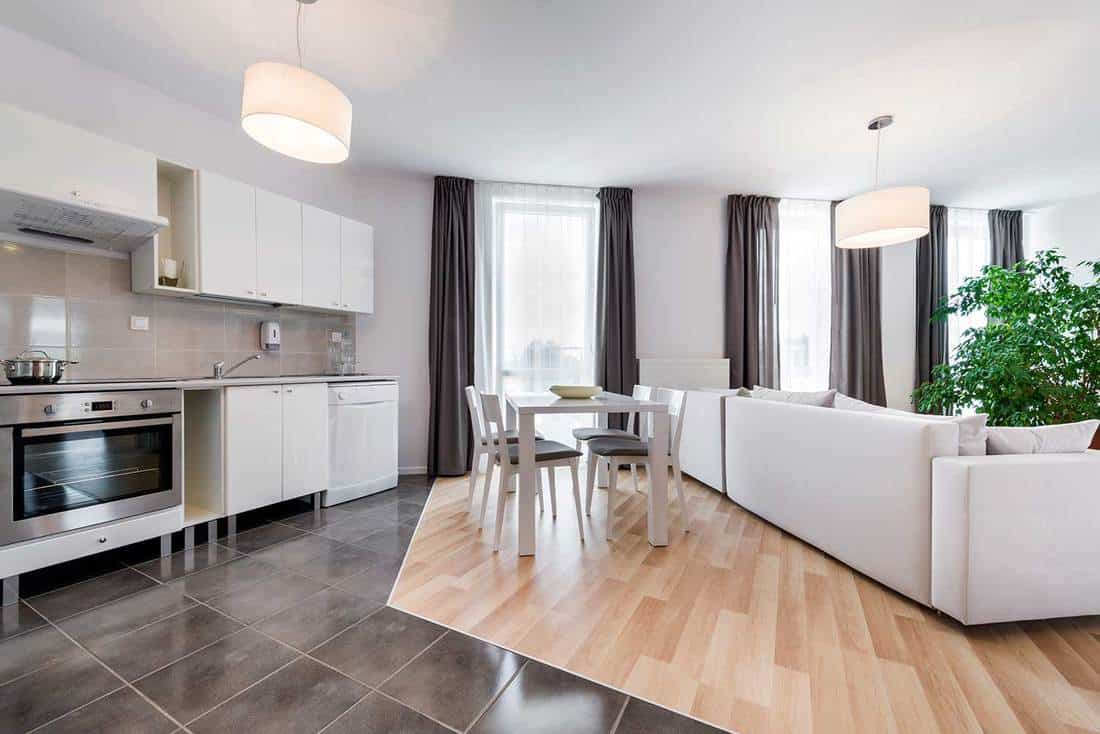
Kitchen Floor Different From Living Room
 Choosing the right flooring for your home is a crucial decision that can greatly impact the overall look and feel of your space. With so many options available, it can be overwhelming to decide which type of flooring is best for each room in your house. One important thing to consider is the function and purpose of each room, as well as the design aesthetic you are trying to achieve.
When it comes to the kitchen and living room, these two spaces serve very different purposes and therefore, require different types of flooring. In the kitchen, functionality and durability are key factors to consider. This is where you will be preparing and cooking meals, which means the floor will be exposed to spills, stains, and heavy foot traffic.
Tile
is a popular choice for kitchen floors because it is easy to clean and maintain, and can withstand high levels of moisture and heat.
Hardwood
is also a good option for its durability and timeless appeal, but it may not be the best choice if your kitchen is prone to spills and moisture.
On the other hand, the living room is a space where you gather with family and friends to relax and unwind. This room is all about comfort and creating a cozy atmosphere.
Carpet
is a popular choice for living room flooring as it provides warmth, softness, and sound insulation. It also comes in a variety of colors and textures, allowing you to customize the look of your space. If you prefer a more modern and sleek look,
hardwood
or
laminate
flooring can also be a great option for the living room.
Aside from functionality and purpose, it is also important to consider the overall design and flow of your home when choosing flooring. While it is not necessary for all rooms to have the same type of flooring, it is important to have a cohesive and harmonious look throughout the house. This can be achieved by choosing complementary colors and styles for each room.
In conclusion, the kitchen and living room are two important spaces in a home that require different types of flooring. When choosing flooring for these rooms, consider the function, purpose, and design of each space to ensure you make the right choice. Whether it's
tile
for the kitchen or
carpet
for the living room, the right flooring can greatly enhance the look and feel of your home.
Choosing the right flooring for your home is a crucial decision that can greatly impact the overall look and feel of your space. With so many options available, it can be overwhelming to decide which type of flooring is best for each room in your house. One important thing to consider is the function and purpose of each room, as well as the design aesthetic you are trying to achieve.
When it comes to the kitchen and living room, these two spaces serve very different purposes and therefore, require different types of flooring. In the kitchen, functionality and durability are key factors to consider. This is where you will be preparing and cooking meals, which means the floor will be exposed to spills, stains, and heavy foot traffic.
Tile
is a popular choice for kitchen floors because it is easy to clean and maintain, and can withstand high levels of moisture and heat.
Hardwood
is also a good option for its durability and timeless appeal, but it may not be the best choice if your kitchen is prone to spills and moisture.
On the other hand, the living room is a space where you gather with family and friends to relax and unwind. This room is all about comfort and creating a cozy atmosphere.
Carpet
is a popular choice for living room flooring as it provides warmth, softness, and sound insulation. It also comes in a variety of colors and textures, allowing you to customize the look of your space. If you prefer a more modern and sleek look,
hardwood
or
laminate
flooring can also be a great option for the living room.
Aside from functionality and purpose, it is also important to consider the overall design and flow of your home when choosing flooring. While it is not necessary for all rooms to have the same type of flooring, it is important to have a cohesive and harmonious look throughout the house. This can be achieved by choosing complementary colors and styles for each room.
In conclusion, the kitchen and living room are two important spaces in a home that require different types of flooring. When choosing flooring for these rooms, consider the function, purpose, and design of each space to ensure you make the right choice. Whether it's
tile
for the kitchen or
carpet
for the living room, the right flooring can greatly enhance the look and feel of your home.
